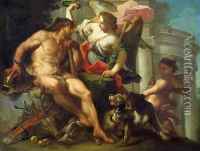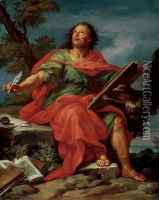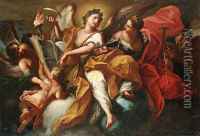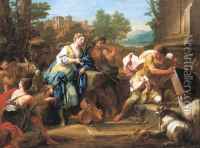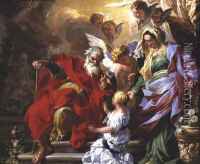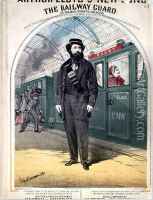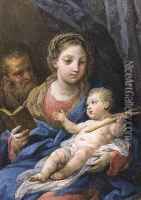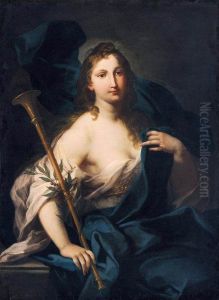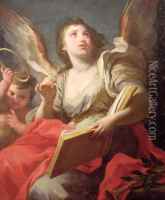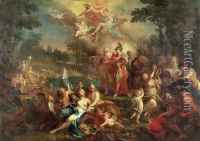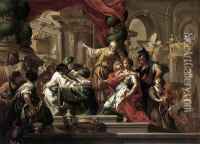Sebastiano Conca Paintings
Sebastiano Conca was an Italian painter of the late-Baroque period, part of the late-Roman Baroque and early Rococo. Born on January 8, 1680, in Gaeta, then part of the Kingdom of Naples, Conca began his artistic training in Naples under the guidance of Francesco Solimena, one of the leading Baroque painters of the time. His early work reflects the influence of his master's grand and vigorous style.
Conca moved to Rome around 1706, which was a turning point in his career. There he became one of the principal painters of his time, receiving commissions from many important patrons, including the Papal court. His work was noted for its dynamic compositions, rich color palette, and dramatic use of light and shade, which were typical of the Baroque movement.
Throughout his career, Conca painted a number of large-scale religious and mythological scenes. One of his most notable works is the 'Adoration of the Shepherds' in the church of Santa Maria ad Martyres, which showcases his ability to create emotionally engaging scenes filled with divine light. His success led to his election to the prestigious Academy of St. Luke in Rome, where he later served as the principal.
In the 1720s, Conca's style began to transition towards the Rococo, with a lighter palette and more graceful figures. This can be seen in his frescoes in the Palazzo del Quirinale and the Apostolic Palace in Vatican City. He also painted 'The Triumph of Clemency', which decorated the ceiling of the Salon of the Palazzo Consulta in Rome.
Sebastiano Conca's influence extended beyond Italy as he had numerous pupils who became prominent artists themselves. He was an important figure in the spread of the Italian Baroque style across Europe. However, his reputation declined towards the end of his life and after his death on September 1, 1764, in Naples, as neoclassicism became the dominant artistic movement. Despite this, his work has been reassessed in recent times, and he is now recognized as a significant artist whose paintings exhibit both the exuberance of the Baroque and the elegance of the early Rococo.
